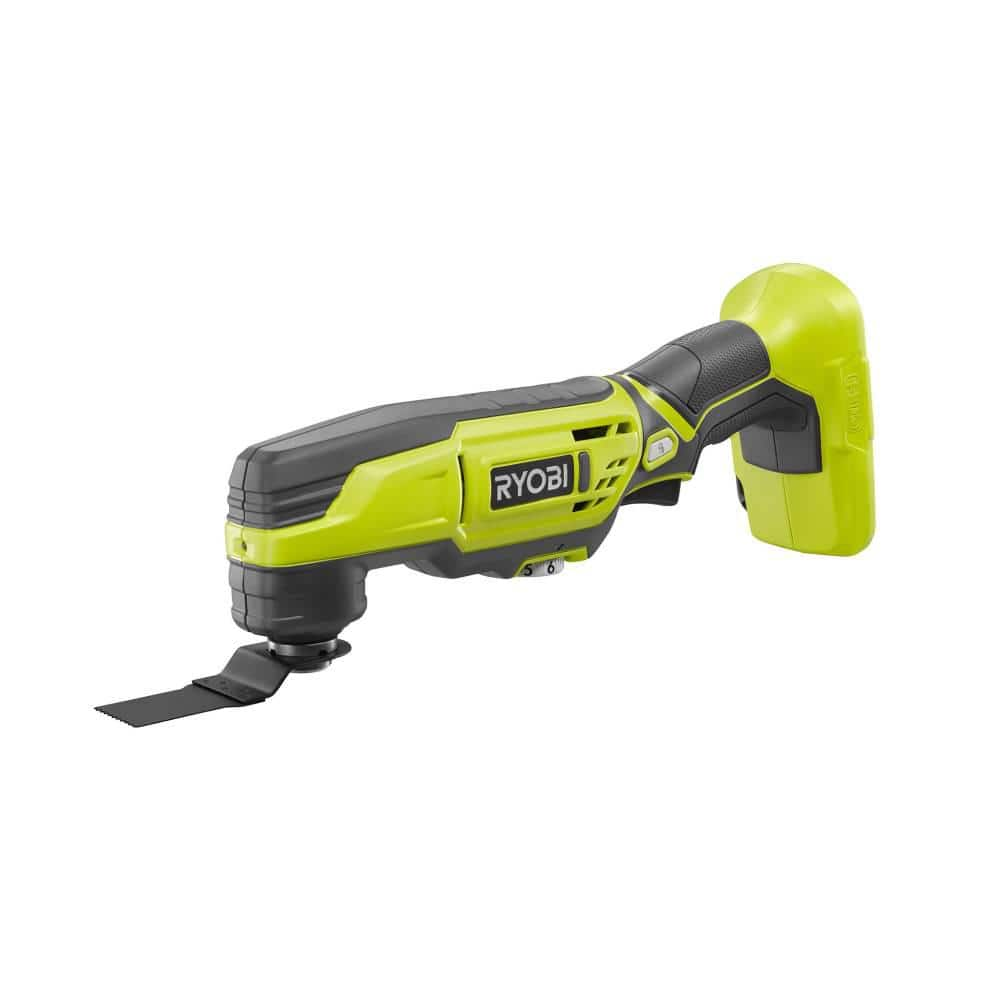- Joined
- Aug 3, 2017
- Messages
- 2,437
I used a bolt as a mandrel and mounted it in my lathe chuck. The bull gear on the Craftsman Commercial lathe has 60 dimples and a pin that locks into them. I used that to index the part every 1.5 holes. That is, pin in the hole, make a slit, skip one, pin between holes, make a slit, skip one, pin in the hole, make slit, etc, so that I ended up with 40 slits.
To make the slit, clamped a block of wood to my cross slide, such that the top of the wood was flat and at center height. The height isn't critical, but you want every slit to be the SAME height. Then I used a cordless oscilating tool to make the slit.

RYOBI ONE+ 18V Cordless Multi-Tool (Tool Only) P343B - The Home Depot
Expand your RYOBI 18V ONE+ System with the P343B 18V ONE+ Cordless Multi-Tool (Tool Only). The 18V ONE+ Multi-Tool is an innovative and versatile multi-tool that can handle all types of projects. Its adjustable speed dial gives the ability to make cuts into drywall, metal, wood, plastic...www.homedepot.com
You don't need to go deep. You don't even need to cut more than the center. If you see the teeth of the blade disappear in the middle, you've gone plenty deep. The teeth of the hob just need to find the slits on the first few passes, and five thou will be a big cut at that point. The hob is both cutting and pushing the blank around, and the slits are really just to help the hob find its place and give it something to push against. Even with the slits, you may need to help the blank spin on those first few rotations. Gotta make sure the hob teeth find the slits. 60 RPM on the hob will be fast initially.
Once the hob cut is established, the hob will have no problem finding it's own groove and you can advance to deeper cuts and speed up the spindle.
Do you have to cut ALL of the teeth, or just a couple to get the initial cut working?
Also, the slits have to go at an angle, right? What did you calculate as the angle? I have to use the dividing head/rotary-table anyway, and don't have one of those multi-tools, so I likely will be using a rotary table on the mill with a blade that way, so I think i have to set the angle with a sine bar or something...

